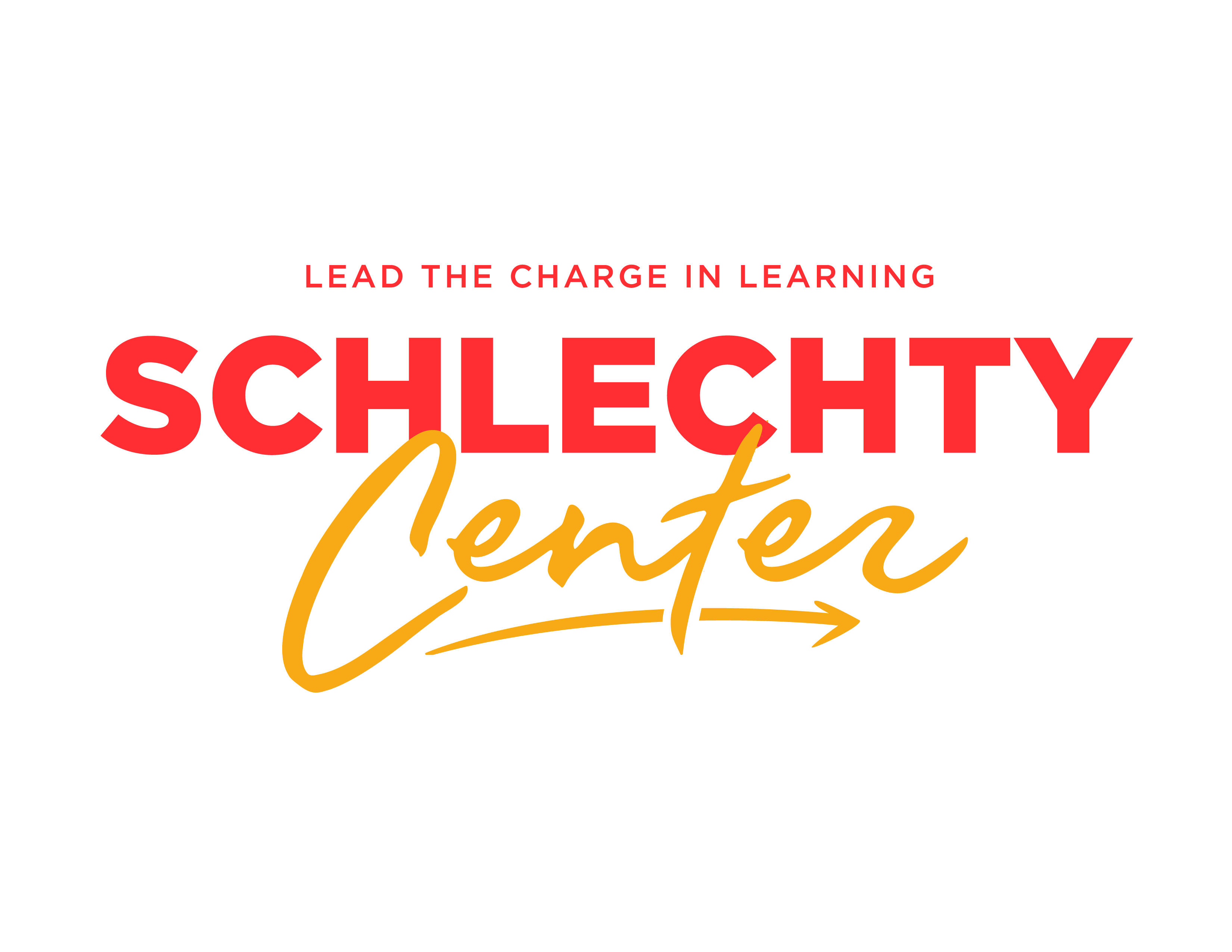Understanding Our School as a System
Using Six Critical Social Systems for Assessment, Strategic Thinking, and Strategic Action
Directional System
To establish and maintain direction, it is necessary to deal with those systems and subsystems that define the way goals are set, priorities are chosen, and resources (time, people, space, information, and technology) are distributed. It is also necessary to deal with the beliefs and values that legitimize and give meaning to the goals selected and the priorities set.
Key Concepts
Competing Loyalties
Competing loyalties have to do with the tendency of individuals inside an organization to develop loyalties to projects, programs, and sub-units within the organization and to outside agencies that are making competing claims on the organization’s resources. These competing interests affect the way goals are established and priorities are set.
Goal Clarity
Goal clarity requires the goals selected to be consistent with the direction set by the values, beliefs, and purposes of the school. Goal clarity includes ensuring that those expected to act in ways supportive of the goals are clear about what they are to do and how what they do – or refuse to do – will affect the achievement of the goals.
Goal Consensus
Goal consensus involves two matters. First, there is the matter of agreement, among those whose support is needed to pursue the goals, about what the goals are, and what needs to be done to achieve them. Second, there is the matter of gaining individual commitments to goals and agreements to act in ways supportive of the goals.
Goal Displacement
Goal displacement occurs when operational goals (doing things right) replace substantive goals (doing the right things). When the procedure by which things are accomplished becomes more important than the accomplishment of the result the procedure was intended to produce, goal displacement has occurred.
To establish and maintain direction, it is necessary to deal with those systems and subsystems that define the way goals are set, priorities are chosen, and resources (time, people, space, information, and technology) are distributed. It is also necessary to deal with the beliefs and values that legitimize and give meaning to the goals selected and the priorities set.
Key Concepts
Competing Loyalties
Competing loyalties have to do with the tendency of individuals inside an organization to develop loyalties to projects, programs, and sub-units within the organization and to outside agencies that are making competing claims on the organization’s resources. These competing interests affect the way goals are established and priorities are set.
Goal Clarity
Goal clarity requires the goals selected to be consistent with the direction set by the values, beliefs, and purposes of the school. Goal clarity includes ensuring that those expected to act in ways supportive of the goals are clear about what they are to do and how what they do – or refuse to do – will affect the achievement of the goals.
Goal Consensus
Goal consensus involves two matters. First, there is the matter of agreement, among those whose support is needed to pursue the goals, about what the goals are, and what needs to be done to achieve them. Second, there is the matter of gaining individual commitments to goals and agreements to act in ways supportive of the goals.
Goal Displacement
Goal displacement occurs when operational goals (doing things right) replace substantive goals (doing the right things). When the procedure by which things are accomplished becomes more important than the accomplishment of the result the procedure was intended to produce, goal displacement has occurred.
